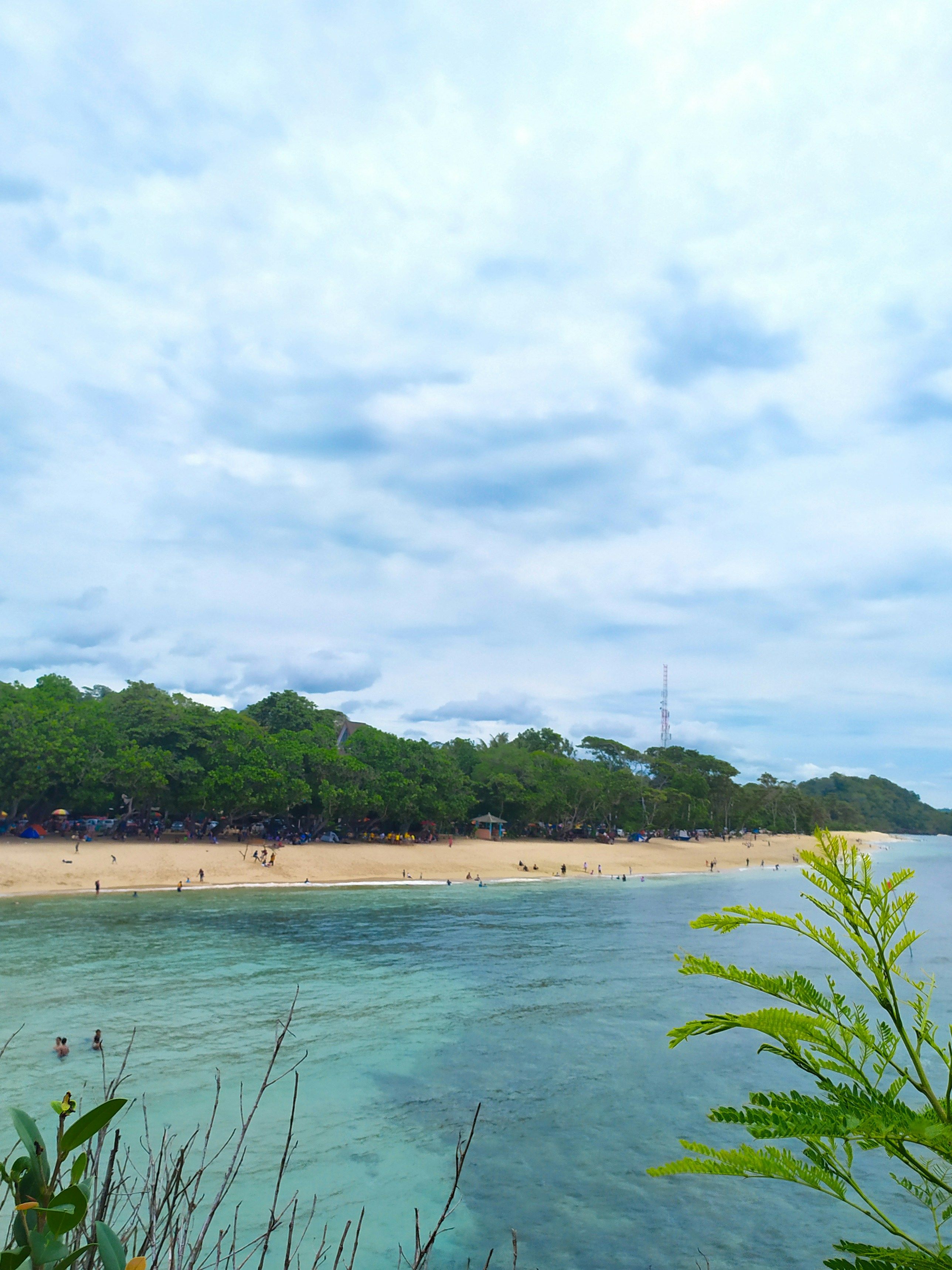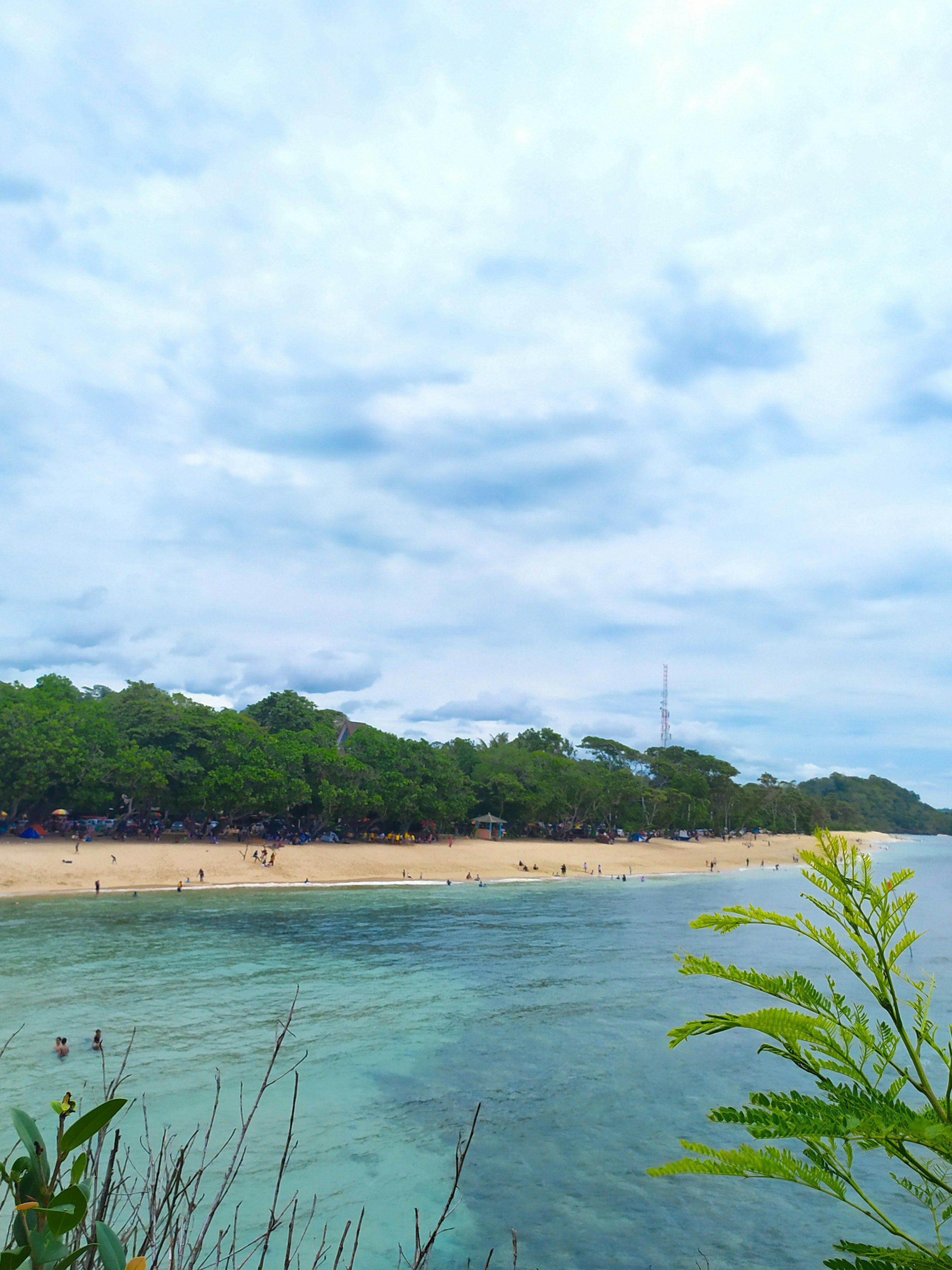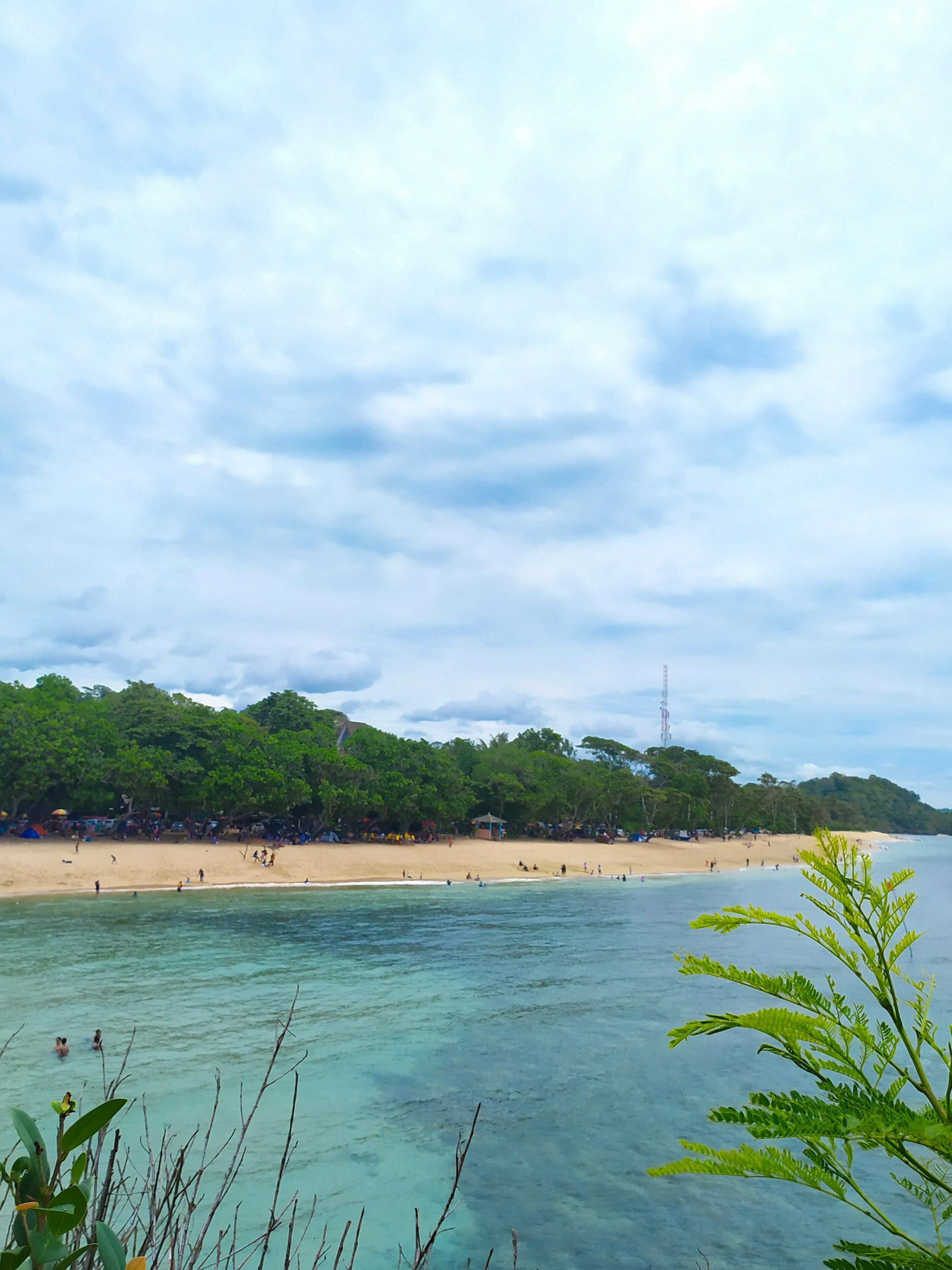Dominating Treatment Strategy
The Russian pharmaceutical market has been witnessing a robust growth in 2024, with localized foreign producers leading the charge. These players, such as Gedeon Richter and Novartis, shipped a whopping 2.37 billion packs of LPs worth a colossal 462.5 billion rubles [1].
While the market can be classified into three categories - localized foreign producers, Russian companies with foreign ownership, and domestic companies with Russian ownership - the distinction can be somewhat blurry due to the complex ownership structures of certain companies and periodic changes in ownership [1].
The domestic producers carried a significant portion of the production volume, accounting for 83.4% in natural terms, recording a 5% increase compared to the same period the previous year [1].
Russian producers with foreign ownership reached their peak in 2021, but their share has remained relatively steady, accounting for around 7.3% in the seven months of 2024 [1]. However, it's worth noting that the natural production volume of these enterprises decreased by an average of 3.5% compared to the same period in 2023 [1].
On the other hand, localized foreign companies have been the most dynamic, increasing production by 8.9%, despite having only a 9.3% total market share in natural terms [1].
The burgeoning demand for pharmaceuticals has contributed to the development of the local pharmaceutical industry, with a primary focus on import substitution, self-sufficiency in drugs, and generic drug production [1]. Generics, copies of foreign companies' drugs, constitute 95-97% of the market in natural terms [1].
Localization of pharmaceuticals allows for rapid growth in production in response to increasing demand [1]. AstraZeneca's head of external communications, Irina Gushchina, underscores the annual increase in pharmaceutical consumption, particularly innovative ones, that help maintain the quality of life, productivity, and the activity of patients in Russia [1].
Enhanced state funding for healthcare, particularly preferential drug provision, is another significant trend in the market [1]. The volume of pharmaceutical supplies in the state segment for the first half of 2024 increased by 24% in monetary terms and 10% in physical terms compared to the same period the previous year [1].
Marina Veldanova, a prominent healthcare expert, believes that the Russian pharmaceutical market has high growth potential despite external challenges [1]. Strategic pillars for future success include state support, innovations, digitalization, collaboration projects with foreign companies, development of own R&D projects, and partnerships among industry participants [1]. Establishing a Russian 'residence' and localizing production remains vital for foreign companies aiming to maintain their presence in the market [1].
While specific key factors driving the growth of the Russian pharmaceutical market in 2024 aren't explicitly mentioned in the data provided by RNC Pharma, potential drivers could include increased demand for therapeutic nutrition, market entry of new companies, economic factors, and technological advancements [2]. For a comprehensive understanding of market trends, consult official reports or analyses from RNC Pharma or other relevant sources.
[1] RNC Pharma data as reported in the article[2] Potential factors derived from general market trends but not confirmed in RNC Pharma data
Stay updated on the latest news from the pharmaceutical and healthcare sectors in our Telegram channel @expert_mag.
Finance plays a significant role in the growth of the Russian pharmaceutical market, with companies investing in research and development, localization, and production to meet the increasing demand.
Business collaboration, both domestic and foreign, is essential for the success of players in the Russian pharmaceutical market, highlighted by strategic partnerships and the localization of production by foreign companies.






